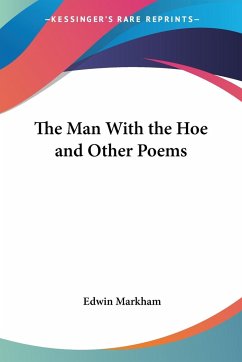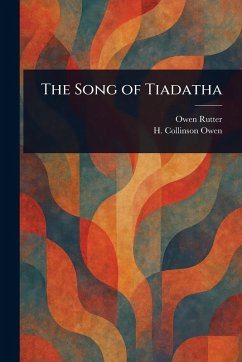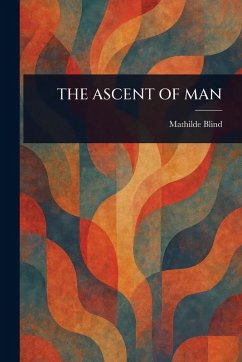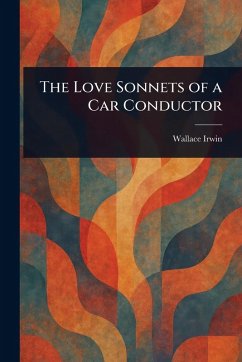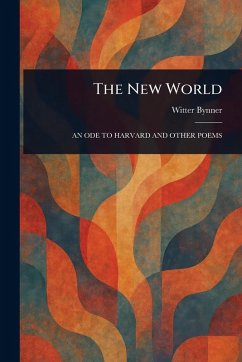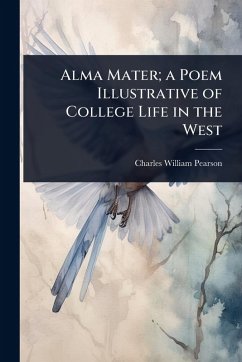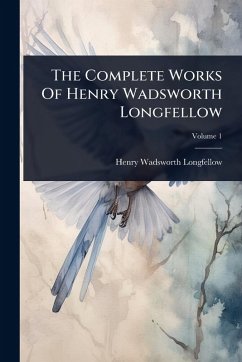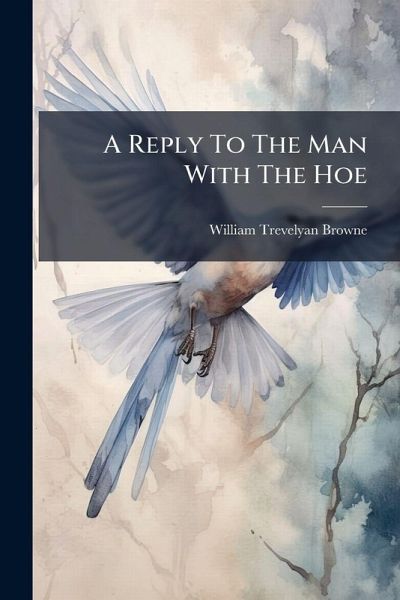
A Reply To The Man With The Hoe

PAYBACK Punkte
7 °P sammeln!
In "A Reply To The Man With The Hoe," William Trevelyan Browne offers a response to Edwin Markham's famous poem "The Man With The Hoe." Markham's poem, inspired by Millet's painting, presented a stark image of the downtrodden laborer. Browne's reply provides an alternative perspective. This work provides insight into social and political thought at the turn of the 20th century and remains relevant to discussions about labor, inequality, and social responsibility. It is of interest to scholars and readers interested in American poetry, social commentary, and the history of labor movements. This...
In "A Reply To The Man With The Hoe," William Trevelyan Browne offers a response to Edwin Markham's famous poem "The Man With The Hoe." Markham's poem, inspired by Millet's painting, presented a stark image of the downtrodden laborer. Browne's reply provides an alternative perspective. This work provides insight into social and political thought at the turn of the 20th century and remains relevant to discussions about labor, inequality, and social responsibility. It is of interest to scholars and readers interested in American poetry, social commentary, and the history of labor movements. This work has been selected by scholars as being culturally important, and is part of the knowledge base of civilization as we know it. This work was reproduced from the original artifact, and remains as true to the original work as possible. Therefore, you will see the original copyright references, library stamps (as most of these works have been housed in our most important libraries around the world), and other notations in the work. This work is in the public domain in the United States of America, and possibly other nations. Within the United States, you may freely copy and distribute this work, as no entity (individual or corporate) has a copyright on the body of the work. As a reproduction of a historical artifact, this work may contain missing or blurred pages, poor pictures, errant marks, etc. Scholars believe, and we concur, that this work is important enough to be preserved, reproduced, and made generally available to the public. We appreciate your support of the preservation process, and thank you for being an important part of keeping this knowledge alive and relevant.




![Swetnam the Woman-Hater Arraigned by Women [A Play, in Reply to the Arraignment of Lewd Women] Ed. With Intr., Notes and Fac-S. by A.B. Grosart Cover Swetnam the Woman-Hater Arraigned by Women [A Play, in Reply to the Arraignment of Lewd Women] Ed. With Intr., Notes and Fac-S. by A.B. Grosart](https://bilder.buecher.de/produkte/68/68813/68813645n.jpg)
